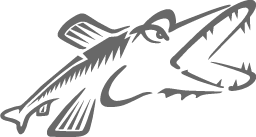 |




|
 |
Introduction

Pike Tutorial Version 1.0, February 29, 2000, for Pike 7.0. Written
by Thomas Padron-McCarthy, with thanks to Fredrik Hübinette, who wrote
the original tutorial. Maintained by Johan Sundström.
What is Pike?
|
Pike is an interpreted, object-oriented programming language. It looks
a bit like C and C++, but it is much easier to learn and use. It can
be used for small scripts as well as for large programs.
|
|
Pike is
-
high-level and powerful, which means that even very complex
things are easy to do in Pike,
-
object-oriented, which means that you can use modern
programming techniques to divide a large program into small pieces,
which are much easier to write than it would be to write the entire
program at once,
-
interpreted, which means that you don't have to wait for a
program to compile and link when you want to run it,
-
garbage-collected, which makes programming much simpler, and
also removes the risk for memory leaks and other memory-related
bugs,
-
easy to extend, which means that you can create plug-ins,
written in Pike as well as in C or C++, and integrate them with the
rest of Pike.
Pike can be used to write small and simple scripts, and also for
very large programs: the World Wide Web servers Roxen WebServer and
Roxen Platform from Roxen Internet Software are written in Pike. Pike's advanced data
types and built-in support for sockets makes it ideal for use in
Internet applications.
Pike is free software, distributed under the GNU General Public
License. Pike is available for many operating systems, among them
Linux, Solaris and Windows NT.
|
 |